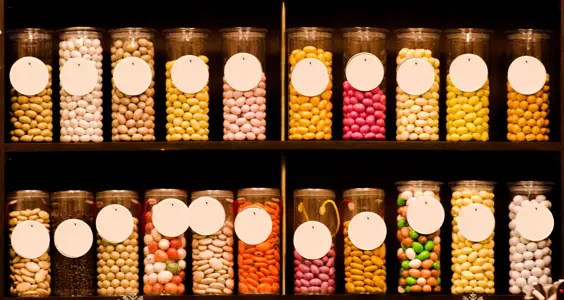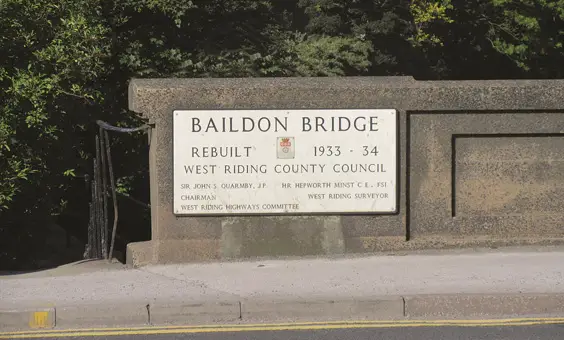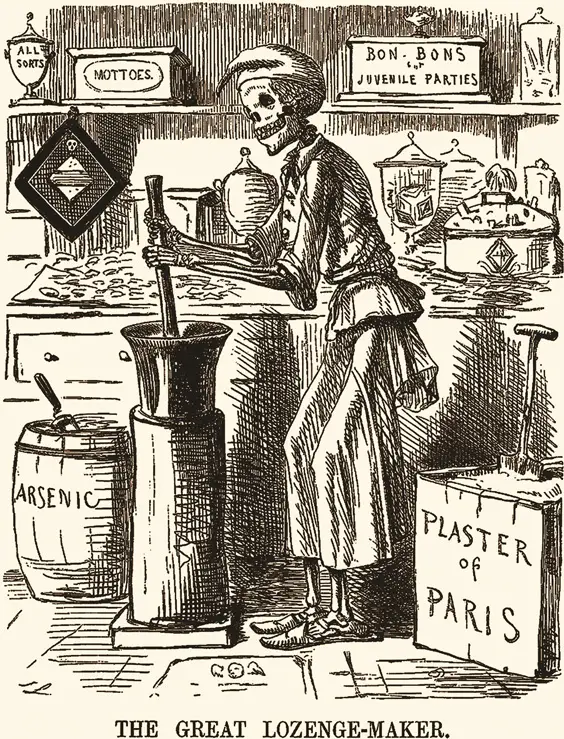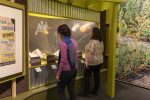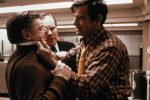The Bradford Sweets Poisoning of 1858
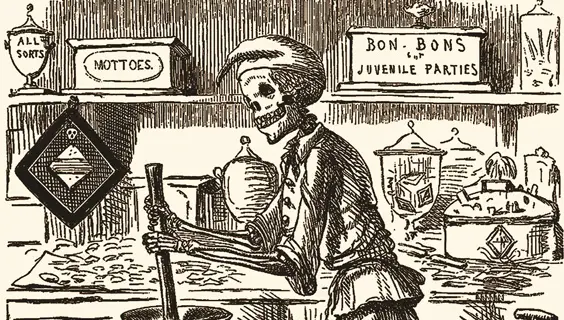
By David Paul
In 1858, some twenty people died and more than 200 became seriously ill as a result of arsenic trioxide being inadvertently added to a peppermint lozenge mixture in preparation.
William Hardaker, affectionately known locally as ‘Humbug Billy’, sold all manner of sweets from his stall in Green Market at Bradford and bought most of his sweets from a local wholesale confectioner, Joseph Neal, who produced and sold sweets from his premises in Stone Street.
Hardaker needed some peppermint lozenges, a sweet made from peppermint oil incorporated into a base of sugar and gum. Neal set about making a batch of the peppermint sweets and, because of the prohibitive price of sugar, used a sugar substitute known as daff. The product was widely used in the manufacture of sweets and other confectionery. Daff, or daft or duck, was a harmless mixture of plaster of Paris, powdered limestone and sulphate of lime.
“Neither was labelled correctly”
On Monday 18 October 1858 one of Joseph Neal’s employees was sent to the shop of Charles Hodgson, a druggist in Baildon Bridge, Shipley. He was required to purchase 12 pounds of daff. When Neal’s employee arrived at Hodgson’s shop, he was told that Hodgson was ill.
A man called William Goddard had been employed during Hogdson’s temporary indisposition. Not sure as to the procedure, Goddard went to Hodgson and told him what the worker wanted. Hodgson’s clear instructions were that Goddard was not to serve Neal’s employee, and that the sweet maker would have to wait for the daff until he, Hodgson, was back at work, but Neal’s employee insisted on being served.
With some considerable reluctance Hodgson told Goddard where he could find the daff. On this occasion, however, 12 lbs of arsenic trioxide were purchased instead of the harmless daff. Both substances were white powder, but neither was labelled correctly, and confusion arose because they had been stored next to one another.
“Unwitting purchasers”
The peppermint humbugs in question were made by James Appleton, an experienced sweet maker, who was employed by Neal. Appleton suggested that the finished sweets looked a little darker than usual, but Neal said that they were quite satisfactory.
Forty pounds of the lozenges were delivered to ‘Humbug Billy’, but Hardaker refused to accept the consignment, saying that they were too dark in colour. Eventually, he accepted the sweets at the reduced rate of 7½d per pound instead of 8d.
The sweets were immediately put on sale to the public and upwards of 5 lbs were sold before the market stall closed that night. The sweets were sold for three halfpennies for 2 ounces. Within a very short space of time after the first sweets had been sold two young boys died, and many other unwitting purchasers began to experience ‘great retching, vomiting, pain and burning of the throat, intense thirst, pain in the abdomen, and diarrhoea’.
“Prompt action”
At first it was thought that the victims had been infected with cholera, but it was soon established that the illness was caused by arsenic poisoning, and, furthermore, the source of the outbreak was traced to Hardaker’s sweets and then to Neal, and then to the shop in Baildon Bridge.
The authorities were quick to respond and administered antidotes to people who had been identified as having eaten the lozenges. But for this prompt action, many more lives might have been lost, as each lozenge contained enough poison to kill two people.
Subsequently, Goddard, Hodgson and Neal were all committed for trial and charged with manslaughter. When the case was considered at York Assizes in December 1858 all three were discharged. It was clear that stronger regulations were required with regard to the adulteration of foodstuffs. The Pharmacy Act of 1868 recognised that chemists and druggists were the rightful custodians and sellers of poisons.
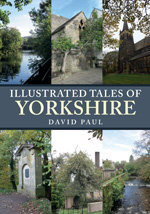
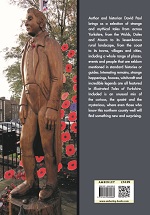 Article taken from ‘Illustrated Tales of Yorkshire’ by David Paul, published by Amberley Publishing, £14.99 paperback, ISBN: 9781445689968
Article taken from ‘Illustrated Tales of Yorkshire’ by David Paul, published by Amberley Publishing, £14.99 paperback, ISBN: 9781445689968
